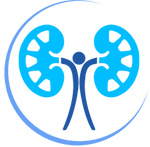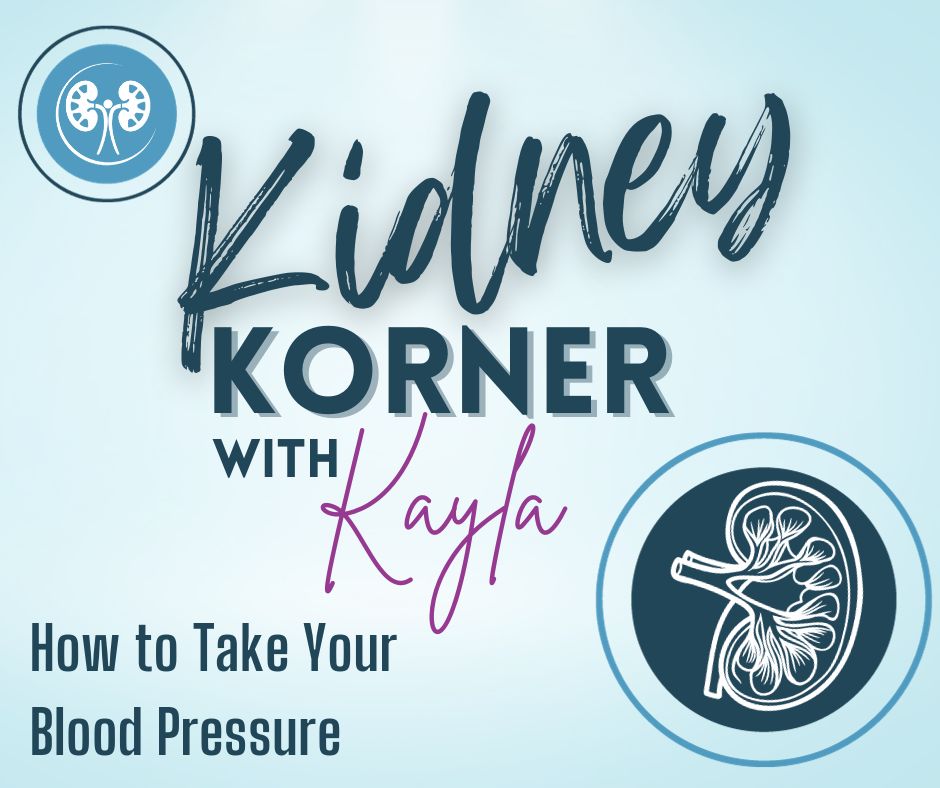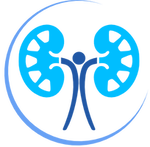|
In our last segment of the Kidney Korner, we began the introduction to blood pressure. In this segment, we will be discussing how to take blood pressure readings. Step-by-Step Instructions for Taking Your Blood Pressure: For Upper Arm Blood Pressure Cuffs:
For Wrist Blood Pressure Cuffs:
My blood pressure is higher than normal for me. What should I do? If you are experiencing an episode of high blood pressure, we advise that you take a second reading. The first may be an outlier due to acute stress or moving your body before taking the reading. Before taking a second reading, follow these suggestions:
Tips for Taking Accurate Readings
Helpful Videos: https://youtu.be/gUHALsLeeoM https://youtu.be/GSNZVaW1Wg4 If you are unsure that you are taking your blood pressure properly, call our office for guidance from your care team. This website is for informational and educational purposes ONLY. While we strive for accurate, general medical information, this does not replace professional medical advice. Do not rely solely on this information. Please consult with your provider for more information regarding your specific needs. If you are experiencing a medical emergency, please call 9-1-1. Comments are closed.
|
About The BeanThe Bean is a blog on a mission to share valuable information in the world of Nephrology. We believe in empowering through education and The Bean is a great place to find resources and information on topics related to high blood pressure, kidney disease, dialysis, and topics that enhance the kidney minded lifestyle. Enjoy and be sure to subscribe! Archives
July 2024
Categories |
Contact Us |
Careers |
Connect With Us |
|
13241 Bartram Park Blvd., Suite 1001
Jacksonville, FL 32258 Open Map Tel: (904) 260-9898 Fax: (904) 260-9891 |
Interested in joining our team? Jacksonville Nephrology is dedicated to compassionate patient care through teaching and giving our team the tools needed to go above and beyond. Learn more about current openings. Learn More
|


